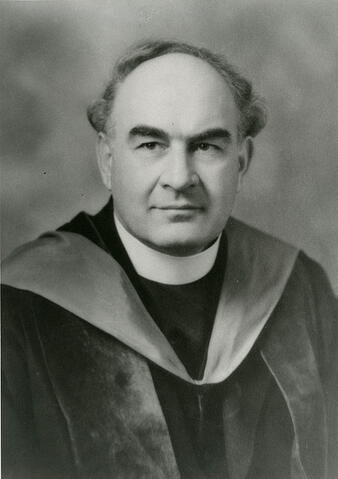
Zona do título e menção de responsabilidade
Título próprio
Dr. Edmund H. Oliver - Portrait
Designação geral do material
- Material gráfico
Título paralelo
Outra informação do título
Título e menções de responsabilidade
Notas ao título
Nível de descrição
Item
Entidade detentora
Código de referência
Zona de edição
Menção de edição
Menção de responsabilidade da edição
Zona de detalhes específicos de materiais
Menção da escala (cartográfica)
Menção da projecção (cartográfica)
Menção das coordenadas (cartográfico)
Menção da escala (arquitectura)
Autoridade emissora e denominação (filatélica)
Zona de datas de criação
Data(s)
-
1920 (Produção)
Zona de descrição física
Descrição física
1 photograph : b&w ; 17.5 x 12.5 cm
Zona dos editores das publicações
Título próprio do recurso continuado
Títulos paralelos das publicações do editor
Outra informação do título das publicações do editor
Menção de responsabilidade relativa ao editor do recurso contínuo
Numeração das publicações do editor
Nota sobre as publicações do editor
Zona da descrição do arquivo
Nome do produtor
História custodial
Âmbito e conteúdo
Head and shoulders image of Dr. Harry Oliver, first Professor of History and Economics, 1909-1914.
Bio/Historical Note: Born in Eberts, Kent County, Ontario in 1882, Edmund Henry Oliver received his BA from the University of Toronto in 1902. He went on to earn an MA the following year, before earning his PhD in 1905. Upon the request of Dr. Walter Murray, founding president of the University of Saskatchewan, Dr. Oliver came to Saskatoon to help establish the university and, a few years later, the Presbyterian Theological College (later known as St. Andrew’s College). He returned to Toronto in 1910 to earn a Doctor of Divinity degree before returning to teach history at the newly founded University of Saskatchewan. He was appointed in 1913 by the Presbyterian General Assembly of Canada to serve as the first president of the Presbyterian Theological College. Dr. Oliver was deeply committed to the integration of theological education into the broader academic environment and post-secondary community. Under his leadership the new college began plans to build and move into a new location on campus. At the outbreak of the First World War, Dr. Oliver enlisted as a military chaplain. Stationed mainly in France, he continued to be a proponent of education, establishing the University of Vimy Ridge, consisting of reading rooms for soldiers who were on leave. Dr. Oliver rode his bicycle out to the front lines in order to provide books and classes to the infantry. He believed that this would allow those who survived to return to Canada and be leaders in their communities and society. After the war Dr. Oliver continued his work in theological education and became involved in the church union debates between the Presbyterian, Methodist and Congregational churches which would lead to the formation of the United Church of Canada in 1925. He was greatly influenced by the social gospel movement and served on two Royal Commissions: one to establish farming co-operatives and credit systems, and the other to create a liquor control board. Dr. Oliver saw his life work as one of service on the new frontiers of Canada, and during his time as Moderator of the United Church from 1930 to 1932, he lived into that, travelling across the country during The Great Depression urging people to donate clothing and food to those who needed it. He died in 1935 at the age of 53, while working with youth at a summer camp. Dr. Oliver is buried in Woodlawn Cemetery in Saskatoon.
Zona das notas
Condição física
Fonte imediata de aquisição
Organização
Idioma do material
Script do material
Localização de originais
Disponibilidade de outros formatos
Restrições de acesso
Termos que regulam o uso, reprodução e publicação
Other terms: The researcher assumes responsibility regarding questions of copyright that may arise in the use of any images.

